DAY FIVE begins. The Borderlands is that rarest of beasts, a found footage film that isn’t total shite. Strange things have been happening at a village church in the West Country, and a team of Vatican investigators are sent to get to the bottom of things. The Deacon heading the investigation is played by Gordon Kennedy, of 90s Scottish comedy show Absolutely fame, although I remember him best for his role as a deranged cyborg in an old episode of Red Dwarf. The Deacon is a troubled veteran of such disturbances, having previously lost his entire team during an investigation in South America. Aiding him is another senior churchman along with contracted tech expert Jim, a likeable cockney fellow whose job it is to wire the place up with cameras and microphones. Everyone wears headcams, but the comedic tone and incompetent characters make it feel more like Peep Show than Blair Witch. The central cast are great, especially Kennedy, and the film manages to combine genuine creepiness with more than a whiff of Father Ted. It builds nicely, never gets dull, and manages to sneak a bit of Lovecraftian flavour in there as well. And the ending….oh, the ending…..
Forgotten is a German-made ghost story about Hanna and Clarissa, two young women who return to the small island village where they were childhood best-friends. Memories start to flood back of Maria, a mysterious third playmate, and dark, long-buried truths begin to rise to the surface as the impressions of Maria and her mysterious fate grow stronger. Part ghost story and part fairy tale, it’s a very competently made film that does well at building tension, but I found the whole affair to be rather mechanical, with an overemphasis on clarity in the narrative that robbed the film of the sense of enveloping dread and insecurity that a more ambiguous approach might have fostered. It all ties up a little too neatly for me, and whilst by no means a bad film it left little in the way of an impression.
Zombie Flesh Eaters is my favourite Fulci film, hell, one of my favourite horror films full stop, and it’s a joy to finally see it on the big screen. A seemingly abandoned yacht turns up in New York harbour, and a when the local coastguard board it one of them is bitten to death by a shambling corpse. The boat is traced to a scientist working on a remote tropical island, and a small group including his daughter head to the island where the local doctor is struggling to contain an epidemic of the walking dead. It’s a masterful film, gory as hell and tensely claustrophobic as the zombies close in on the dwindling survivors, Fabio Frizzi’s gently melancholic synth score drifting in and out like a fever, the film feeling at its most dreamlike when a zombie does battle with a shark at the bottom of the ocean. Ian McCulloch is great as a determined British reporter, but Richard Johnson steals the show as the brooding Dr Menard, who spends half the film desperately trying to reconcile the zombie uprising with the world of science and the other pumping bullets into the heads of trussed-up corpses as they reanimate in the makeshift morgue.
By a stroke of tremendous fortune both Frizzi and Johnson are in attendance at the festival, and it’s most touching to hear them both warmly reminiscing about their time working with Fulci. They both talk of the sense of family that existed in the Italian film industry of the time, and of the intense passion that Fulci brought to his work. With a tremendous energy of his own, Johnson recalls seeing Fulci become so exasperated with a young woman unable to act properly that he fell to the floor and started eating grass. Frizzi talks of how Fulci would tell him to scrap a score and start again from scratch if it didn’t fit. He talks of his joy at getting to play his most famous scores with a full band accompaniment at a recent London concert in tribute to his friend, and also lets slip that further concerts are to follow.
Fulci seems to have been more interested in fulfilling an expressionistic vision that getting bogged down in the finer details of the story; Johnson observes that it was he who offered the explanation of the zombies being rooted in voodoo, as well as the idea that his doctor’s ‘treatment’ of them should involve a revolver and a white shroud. It’s such a pleasure to hear this well-spoken octagenerian talking about, as he puts it, “splattering zombies’ brains up the wall with a shotgun”.
Richard Johnson is better known of course for his role as Dr Markway, the paranormal investigator in the classic 1963 chiller The Haunting. It’s my first time viewing it, I’m embarrassed to say, although a midnight showing on the fiftieth year since its release seems a pleasingly appropriate time to see it. Hill House is a vast mansion with a tragic past, and Dr Markway gathers together three guests on the house’s 90th anniversary in an attempt to prove the existence of ghosts; young skeptic and heir to the estate Luke, sophisticated clairvoyant Theodora and unbalanced and naive psychic Eleanor.
It’s an expertly crafted film that relies on the power of suggestion for its scares, conjuring up an ice-cold atmosphere of brooding menace with its jarring cinematography and superb use of sound. Doors bulge inwards, empty rooms and hallways stand frozen in time like disturbed tombs, and the walls are home to disembodied, half-heard voices and incessant, thundering blows followed by passages of suffocating silence. The characters are excellent too, feeding off each other -and the house, which responds in kind- in a gripping group dynamic that ratchets up the tension yet further. One such undercurrent is glamorous Theo’s subtly-portrayed predations upon Eleanor, her true motivations left shrouded in ambiguity behind alternating displays of haughty aloofness, sudden cruelty and tender warmth, in what seems a remarkably progressive characterisation for the time. The Haunting might be half a century old, but it still blows today’s cattle-prod-horror crap out of the water. A masterpiece of psychological horror.
Back to the bar, where there’s live music in the form of horror punk-rock band White Blacula, but whilst they put on a good show it’s marred by a poor mix and a volume that’s too punishing for the still-filling hall. The place is decked out in a tropical/Halloween style, and DJ Bronnt Industries Kapital plays a cracking set of synthy horror soundtracks, including Goblin, Zombi, and of course Frizzi’s finest. Soon the beer and conversation is in full flow. A motorised inflatable shark swims past me through the air as the Zombie Flesh Eaters theme plays. I have momentarily tasted horror Valhalla.
THE FINAL DAY has arrived, and we crack open our tomb of the blind drunk once more and descend upon the campus for the last time. Sadly we miss Motivational Growth, in which Jeffrey Coombs plays a man who turns into a giant fungus. Probably for the best in retrospect, as I’m told that it features a lot of vomiting. Next is an hour of silent horror shorts, complete with live piano accompaniment by Paul Shalcross. Said accompaniment excellent throughout, with Shalcross’ compositions moving from mischievous to sombre as the films require it, making for a transporting experience. La Legende Du Fantome is a wonderfully bonkers French film from 1908, taking the viewer on a trip into the underworld where all manner of skeletons, imps, lizards and ghouls cavort across the screen, my favourite moment being when they alight onto Satan’s chariot, which is clearly an early Renault with some tablecloths draped over it. It’s a very early ‘colour’ version of the film, with rough areas of every frame having been painstakingly painted in various uniform colours. It’s a process that is often rightly reviled, but here it adds to the camp theatrical charm. Made by the same director, Le Spectre Rouge (1907), is similarly flamboyantly silly, with Satan taking centre stage as an infernal magician in a skeleton costume who traps his assistants in glass bottles until a female spirit sets about frustrating his devilsh scheme. Some great early special effects and a great piece of ghoulish cabaret.
Frankenstein (1910) suffers from the only surviving copy having long ago been mangled in a projector, but in spite of this it remains a charming curio, with a wonderfully creepy monster creation scene that appears in spite of the disclaimer that the ‘repulsive situations’ of the original novel have been toned down to make the film suitable for public consumption. Finally there’s 1921’s The Jest, a British film whose central protagonist is unknown, his identity having been long since lost. A man spends 40 years waiting for his beloved wife to return after she abandons him, until one day his roomates decide to play a cruel prank on him. Darkly humorous, it’s worth tracking down for the ending, which will have you grinning from ear to ear.
Back in the present-day, the Swiss-made Chimere is another modern vampire tale. Fashion photographer Alexandre is hit by a car whilst on holiday in Romania only to discover that the transfusion he received at the hospital came from a batch of contaminated blood. A promisingly inventive take on vampire lore, I thought. Alexandre begins acting increasingly strangely, blacking out his windows and craving for blood, and his partner goes from concern to indulgence, engaging in animalistic sex and preparing him a romatic meal of chilled blood and raw meats. Despite a solid set up though, the characterisation never seems to really get off the ground and the film slowly descends into a pastiche of unengaging violence that left me largely devoid of investment.
Ghost Hunter is a one-man play in which a Victorian gentleman, alone on a darkened stage, addresses us between gulps of beer about his profession as a Ghost Guide. For we are not really in the 19th century, but in the present day, tramping the cobbled streets of York, down the Shambles that once stank of blood and decay, as our man describes a world in which ghastly history is intertwined with wicked fiction to the point that the two become hopelessly blurred and the spectres grow more real with every group of gawping punters. A parodic yet earnest homage to the traditional ghost story, Ghost Hunter is funny, lively and ultimately chilling. A gripping performance that’s not to be missed.
Soulmate is the last film of the festival. Shot locally in the Brecon Beacons, the plot concerns a depressed young woman who, following a failed suicide attempt after the sudden death of her husband, runs away to a remote cottage to try and make sense of her life. There she encounters a lonely dead man with a mysterious past, and the two become enamoured with one another, only for things to go horribly wrong soon after. It’s essentially a supernatural romantic drama in the vein of ‘Ghost’, with little in the way of creepy atmosphere, and whilst it’s perfectly watchable it does all feel a bit pedestrian. The central performances aren’t bad, but the script sags badly in the middle and it feels a bit soap-opera-ish at times. The scenery is gorgeous though.
And that’s it. No more films. Numerous posters and dvds are thrown into the audience as a parting gift, and we are bid farewell until next year. Not much more to say except that Abertoir is a cracking festival, with fantastic people and a great range of films from across the horror spectrum. A full week of nothing but beer and quality horror- what more could you ask for!
Erich Zann
https://www.facebook.com/abertoir
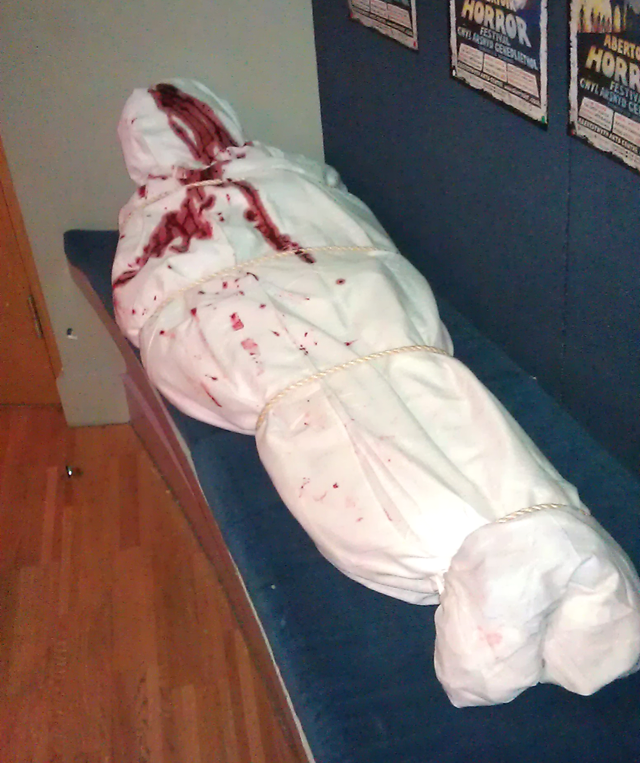
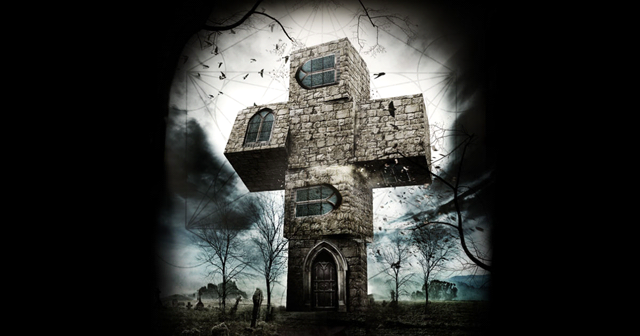

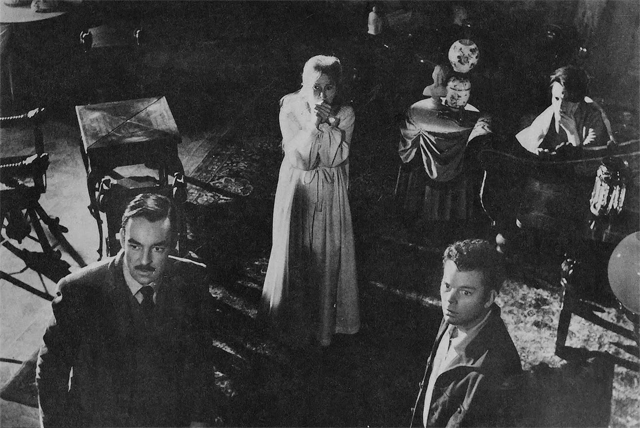
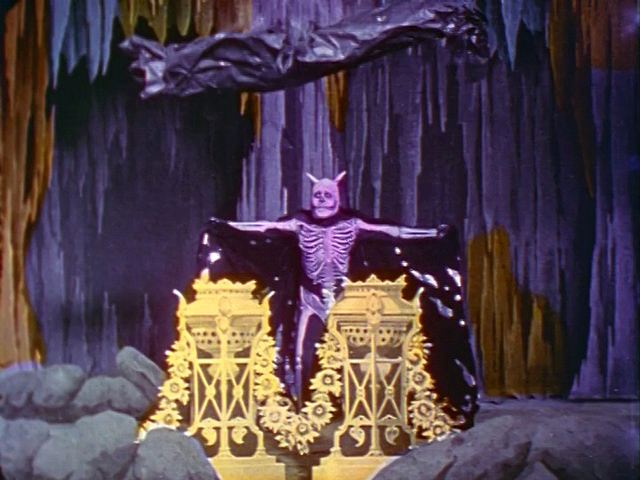
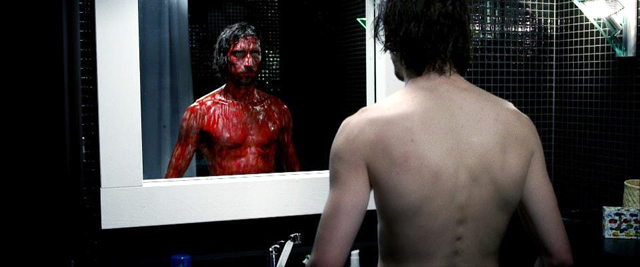
Leave a Reply